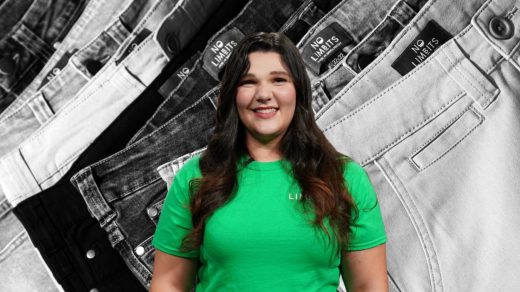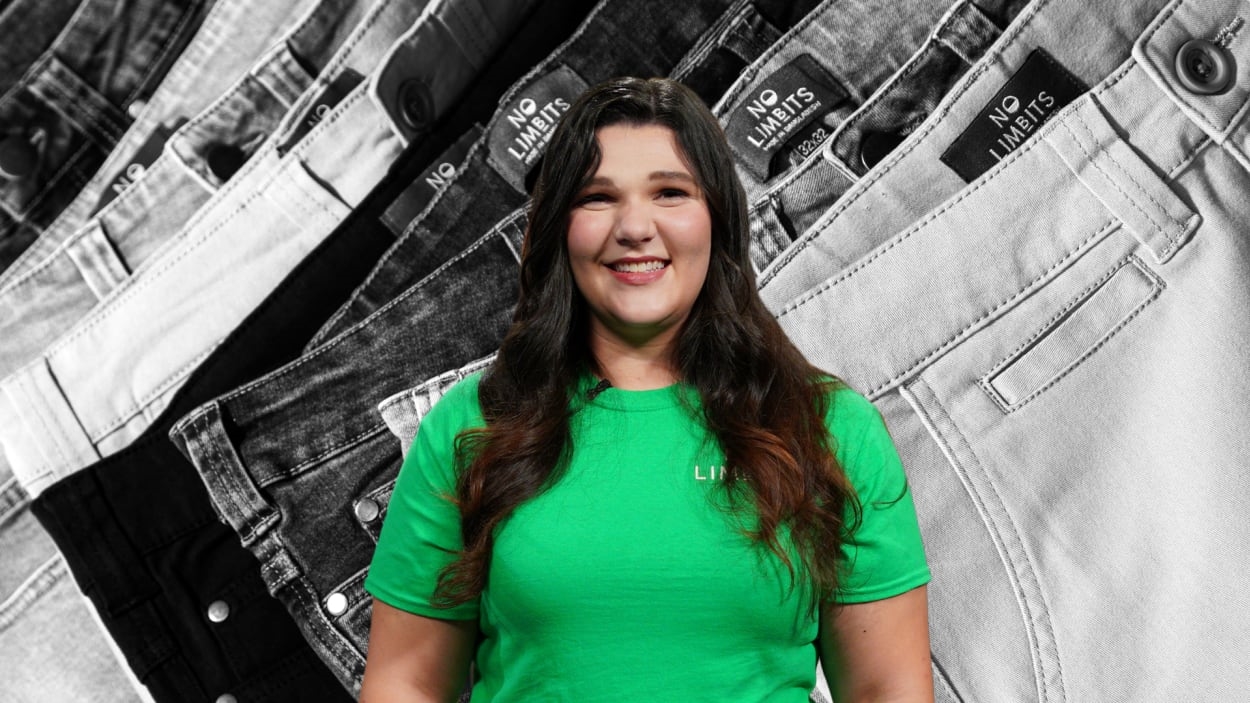This 27-year-old CEO wants to build an adaptive clothing empire
Five years ago, Erica Cole, 27, lost her leg in a car accident. Most pants wouldn’t fit over her prosthetic. “I was 22 and wearing sweatpants three sizes too large,” she recalls.
She started altering her own clothes. Then she started getting requests from other amputees. She started her adaptive clothing company, No Limbits, in 2019, was featured on Shark Tank in 2022, and received a $100,000 investment.
The company has since grown to include six employees, recently released its wheelchair collection, and on July 1, will be releasing a new collection, including limited-dexterity pants and clothing for people with sensory processing disorder. In time, Cole hopes No Limbits will be the household name for accessible clothing.
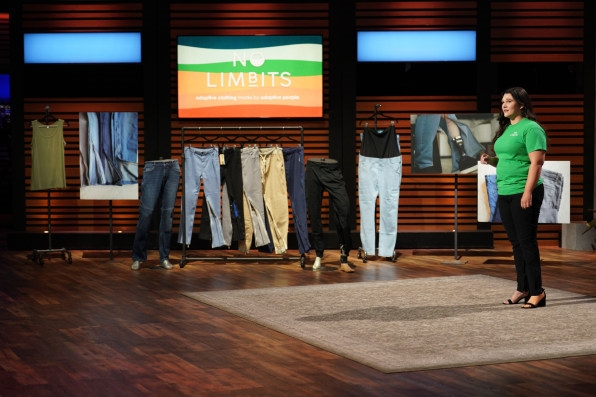
Fast Company chatted with Cole about her journey with No Limbits. Cole takes people person to a completely different level. Within the space of 30 minutes, we’d established two inside jokes. Yet her answers were focused and deeply strategic—her vision for how to sell and market adaptive clothing was clearer than that of far older retailers that have tried to get a foothold in this industry.
Fast Company: Tell me about your decision to become a founder.
Erica Cole: I graduated with my degree in chemistry, the year after my accident, and had this as an alterations business on the side. I had a really nice job offer from Los Alamos National Lab. And then in the summer of 2020, there was a hiring freeze at Los Alamos National Lab because of the pandemic. It gave me some time to figure out where this was going. We launched a Kickstarter and were fully funded in 24 hours. Then a producer from Shark Tank reached out to us, and it’s grown from there. I never really intended to be a founder, but I just needed to see how far this could go. There really aren’t that many options in this space.
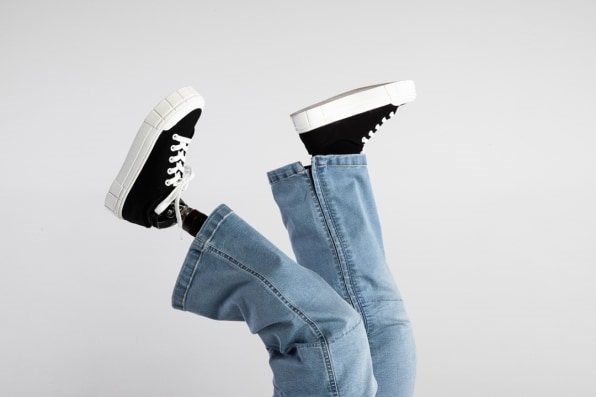
FC: What were some of your earliest lessons?
EC: There were obvious areas such as having to learn about finance and managing cash flow. But one that really stands out that I’m still working on was I thought I was going to be a really great manager. I’m a people person. I like connecting with people. I get along with most people. Sure, that’s part of what being a good manager is, but it’s definitely not the whole thing.
As a founder, I love the coaching leadership style, but we just don’t have time for that in a startup. Instead, you’re kind of trying to pull in all of these other leadership styles, and also understand what the person you’re working with works with best. You have to make sure the people you work with have the tools that they need to succeed, and that there are clearly defined goals and objectives. The other challenge: the people I’ve hired are experts in their field and know more than I do. I have to stay out of their way but make sure that they’re on a path that’s aligned with the mission and vision of the company.
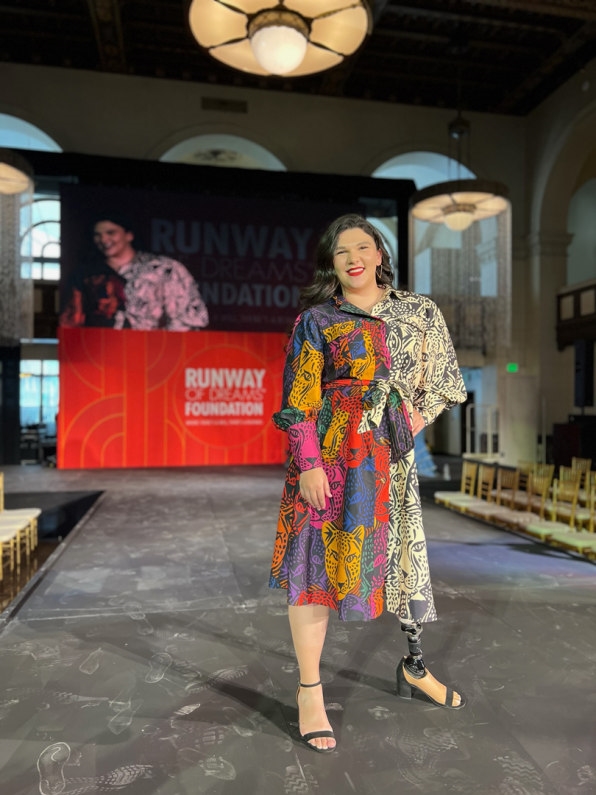
FC: What’s the biggest challenge of being in the adaptive clothing space?
EC: Having an accessible price point. We operate at low quantities but we want to make sure the entire supply chain is accessible. Fashion is notoriously awful on many social issues, such as sustainable sourcing and ethical labor practices. Those things aren’t cheap, but we don’t want to sacrifice values to make a more affordable product. On the other hand, people with disabilities typically make less than the average population because they are living on restricted income or their disability impacts their ability to be employed. So creating an affordable product is important, but it’s at odds with the price point of sustainable ethical fashion practices.
In addition, we’re also using more expensive trims, and it takes longer to develop our products. For example, it took a year and half to create our wheelchair pants because manufacturers aren’t used to making non-standard pants, and we’d made a lot of changes: The waistband was higher and we added zippers to the sides. Our manufacturers had to train people to make them. Our goal is to scale so that we can produce larger quantities and bring our price point down.
FC: There are so many different types of needs with accessible clothing. How do you figure out which products to include in your inventory?
EC: Oh, I love talking about this question. One of our employees is an occupational therapist and a bilateral upper limb amputee. She works a lot on our product development and is designing from both professional and personal experience. We’ve broken down the adaptive clothing umbrella into a few different categories. I found if we try to design everything in one product, it doesn’t work as well. So we were like, let’s get specific on who we’re trying to serve with each product. We started with people with lower limb difference, like me, just because that was my experience. For new products, we think about, What are the sizes of these markets? Where can we maximize impact? Then, two, who is struggling the most with clothing right now?
It’s such a wide-open space and there’s so many things we could do, we had to think strategically about what makes sense to do next. Third, we also design through the occupational therapy line to make sure we are not harming someone. For example, back pockets or seams can cause bedsores for wheelchair users. Our mission is to increase comfort, confidence, and independence, and our approach echoes this.
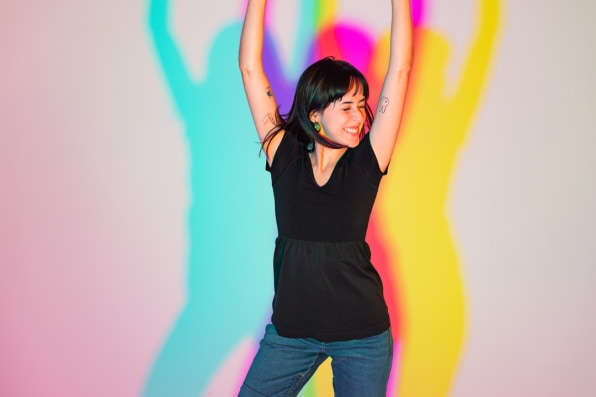
FC: How do you get word out in the community?
EC: We do all the things that a traditional clothing company would do. We also partner with a lot of [entities] for our lower-limb-difference pants, like prosthetic clinics, wheelchair clinics, occupational and physical therapists, clinics, and just healthcare systems as a whole. We have someone who works on clinical partnerships. Early on, we realized that the first or second person [that] people struggling with clothing turn to is their healthcare provider. So we have a targeted process to be able to give clinicians information to pass along to their patients.
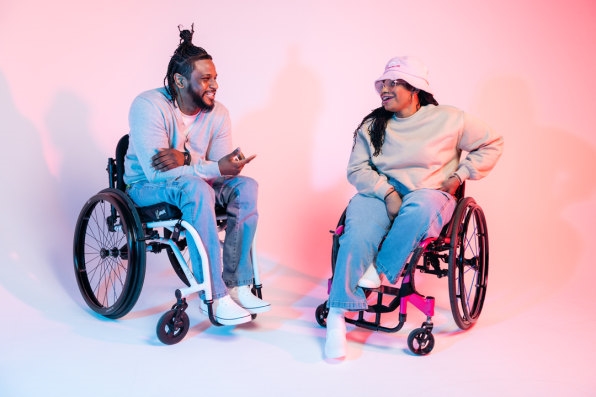
FC: What do you spend most of your time thinking about?
EC: I live four to six months in the future. What’s the next big thing and how we can optimize it? There are so many opportunities, it’s easy to get distracted chasing shiny objects. So I spend a lot of time thinking about how every opportunity comes with a challenge; how do we solve those in the way that maximizes and is in line with our mission?
(8)

